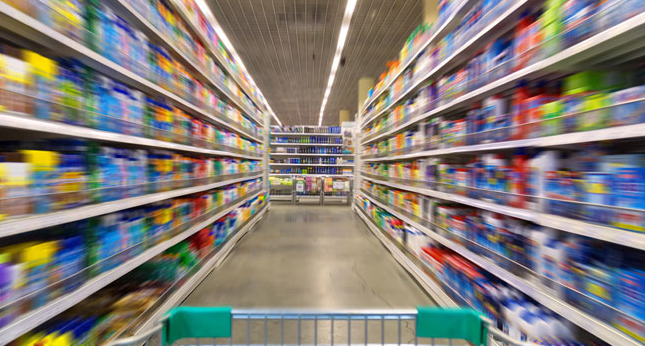Russian equities are among the cheapest in the world amid political and economic controversy. Yet investors might be surprised to discover that the rapidly developing retail industry offers undervalued opportunities with attractive return potential, said AB experts.
Russian equities are trading at an average P/E ratio of 6.5x versus the emerging-market average of 12.5x. There are good reasons for the discount: Russia’s economy is under severe pressure because of a weaker oil price and international sanctions as a result of its role in the conflict in Ukraine. The ruble has plunged versus the US dollar, inflation has shot up and Russia’s GDP is shrinking. Ordinary Russians are feeling the pinch in the form of declining real incomes.
“So, even the most contrarian investor needs to tread very cautiously before venturing into Russian stocks. That said, we believe selected large Russian food retailers represent a compelling structural opportunity for investors given the long-term modernization and consolidation of the country’s food retail industry”, points out Henry S. D’Auria, Chief Investment Officer, Emerging Markets Value Equities at AB, and Justin Moreau, research associate in the team.
Room to Grow?
In size terms, the industry is potentially massive; Russia’s population is as large as Germany and France combined. However, modern supermarkets remain relatively few and far between and the industry is still highly fragmented. The biggest retail chains have been expanding rapidly. Together, they’ve rolled out more than 2,000 new stores in each of the last five years. But they still have lots of room to grow and to win greater market share.
This growth potential doesn’t seem to be priced into the big Russian food retailers’ valuations, which look cheap compared with many of their emerging-market peers, opine both AB experts.
This is particularly surprising since they’re highly profitable. In other countries, intense competitive pressures have resulted in price wars, driving down industry-wide profitability. In Russia, these pressures are kept in check because the country’s vast geography and harsh climate represent significant logistical barriers to entry. Western food retailers have largely decided to stay away. The challenging business environment, economic sanctions and their unfamiliarity with the local market have persuaded them not to target Russia.
Riding out a Spending Squeeze
“Clearly, declining wages and soaring prices could curb Russian spending on food. Retailers are also pressured by government food import restrictions. Imports of fruit, vegetables, meat, fish and dairy products are banned from countries that imposed sanctions in protest at Russia’s role in Ukraine. The resulting shortages are making some items still more expensive. In this challenging environment, we think the big players are much better positioned to thrive than smaller chains and stand-alone stores” said D’Auria and Moreau.
The biggest modern chains are relatively young companies, having emerged in the 1990s and become publicly listed in the last 10 years. But they’ve fast gained the size and reach that we regard as key ingredients for success in today’s food retailing market.
Russia’s economic woes have driven down both labor and real estate costs—the big players’ two largest operating expenses. This should make it cheaper for them to open more stores in future—providing yet another boost to their consolidation prospects.
“Russia isn’t an obvious investment target in these difficult times. But because many investors are steering clear of the region, it’s an opportune moment to take a strategic look at the market. In our view, the retail sector is a good place for investors to shop for bargains that should benefit from structural change during current economic and political uncertainties, as well as—in the long run—when the conflict is ultimately resolved”.


